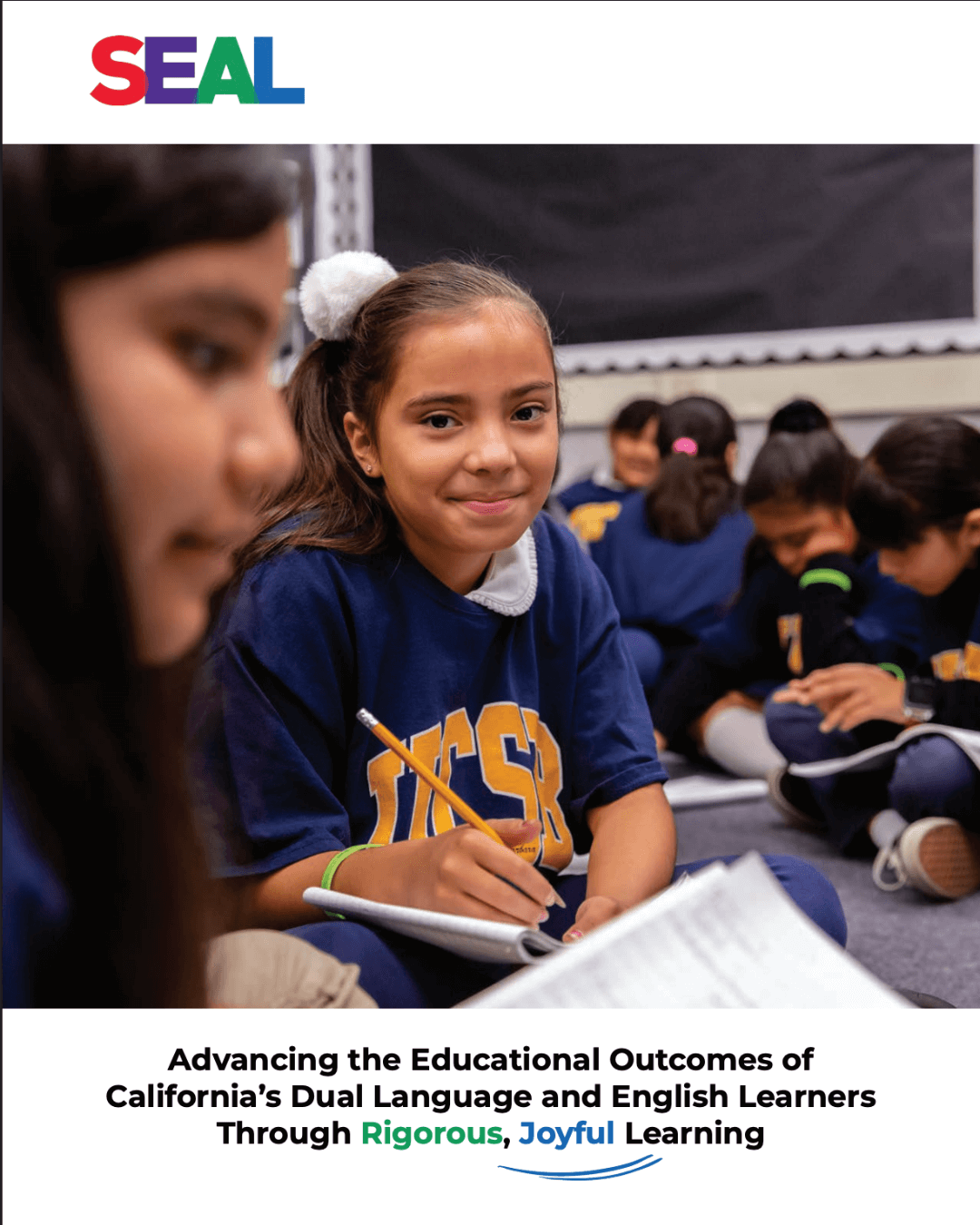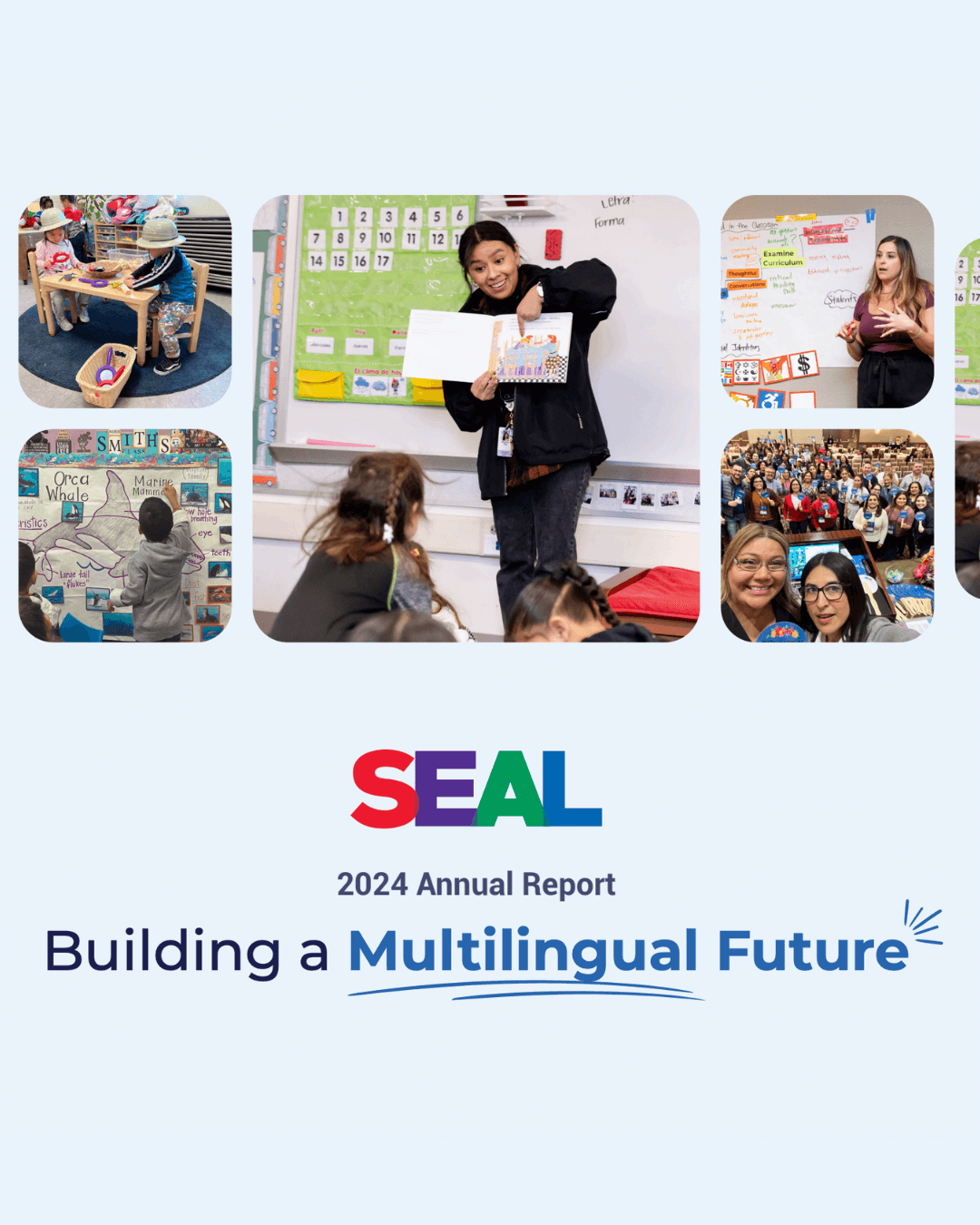The Economic Benefits of Multilingual Learning

A report by the Bay Area Council Economic Institute explores multilingual learning among California’s youngest children and highlights benefits that improve educational outcomes, boost household incomes, and give California companies the edge needed to compete on the world stage.
Following is an excerpt from the report. To read the full report visit: Bay Area Council Economic Institute
California is home to nearly a quarter of the nation’s foreign-born population, and multilingual children represent 40% of the state’s public-school enrollment, a number that only continues to grow among the state’s youngest children. Unlike programs that have traditionally pushed students to learn English above all else, programs designed to support students’ home languages in addition to English – also know as multilingual programs – are increasingly gaining support. Here, we find that supporting multilingual learning among California’s youngest children can improve educational outcomes, boost household incomes, and give California companies the edge needed to compete on the world stage.
Key findings include:
– In California, nearly 60% of children under the age of five have at least one parent who speaks a language other than English.
– Those same children are 160% more likely to live under the poverty level than peers with English-only speaking parents.
– Non-English speaking households in California would collectively earn $30 billion more, or $15,519 more per household if they earned as much as their bilingual counterparts.
Download the Resource

Our Resources
Looking for more ways to engage your students and create a joyful learning environment? We’ve curated the best resources—from SEAL-approved tools for Dual Language and Multilingual Learners to videos that bring you directly into our classrooms —to give your students the opportunity to learn, thrive, and lead.

SEAL Overview Impact Report
SEAL’s Overview Impact Report showcases our mission, reach, and lasting influence on multilingual learners. Explore our story, see our statewide impact, learn how our pedagogy centers English Learners, and discover key lessons from our work with schools and communities.
%20copy.png)
Key Lessons from Over a Decade of Impact
When schools center language, culture, and community, English Learners don’t just succeed—they thrive. We’ve identified eight key lessons about what it truly takes to create schools where multilingual learners flourish. Download to read more about these key lessons.

SEAL's 11 High-Leverage Pedagogical Practices
Our 11 High-Leverage Pedagogical Practices equip educators to create rigorous, joyful, and language-rich classrooms where every student succeeds. By integrating students’ linguistic and cultural assets, SEAL fosters a learning environment that values home languages and empowers diverse learners to reach their full potential.

SEAL 2024 Annual Report
SEAL’s 2024 Annual Report highlights a year of growth, impact, and advocacy for multilingual learners. Explore stories, data, and milestones that showcase how we’re advancing educational equity and building a brighter future for all students.
%201.svg)